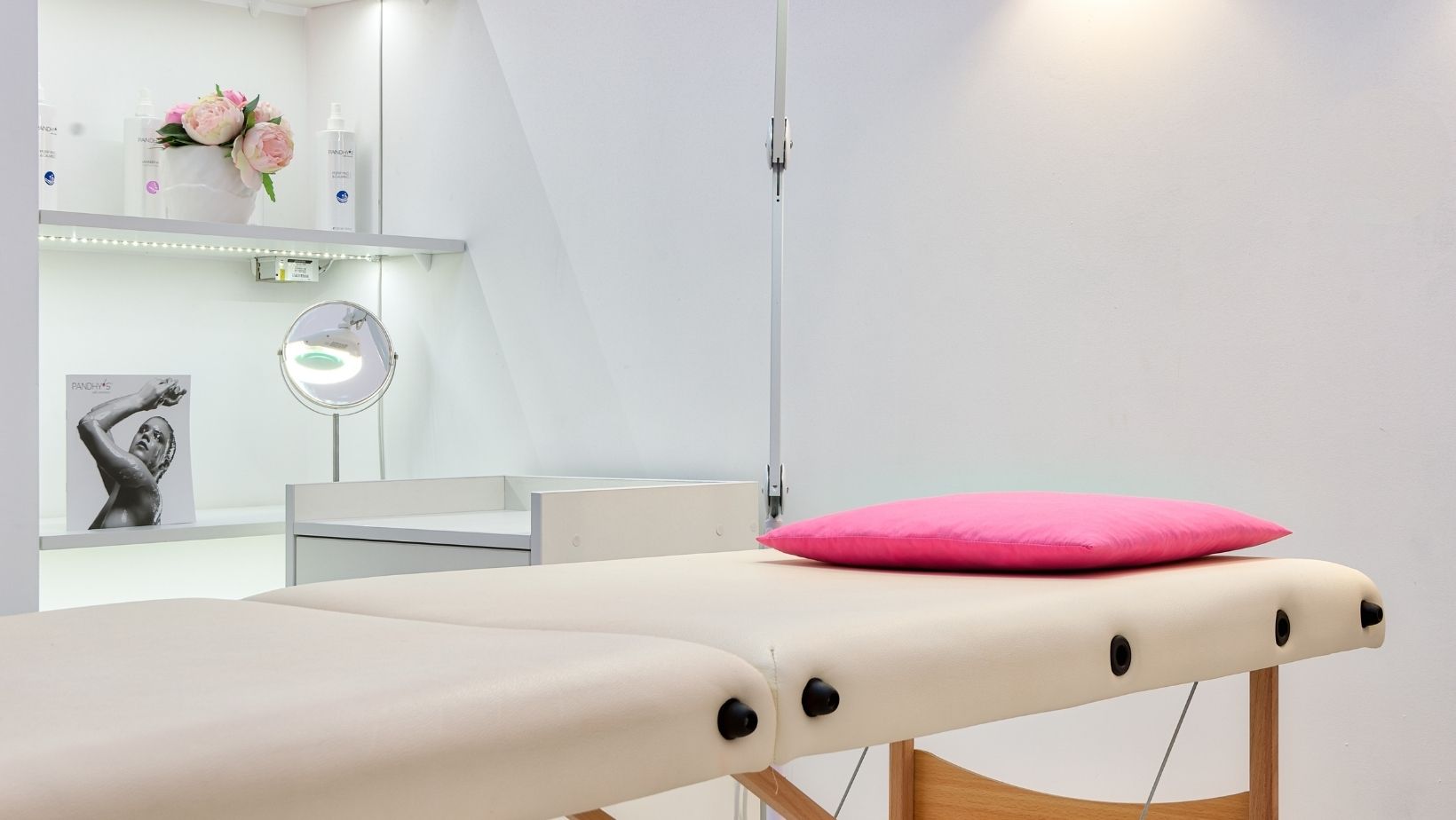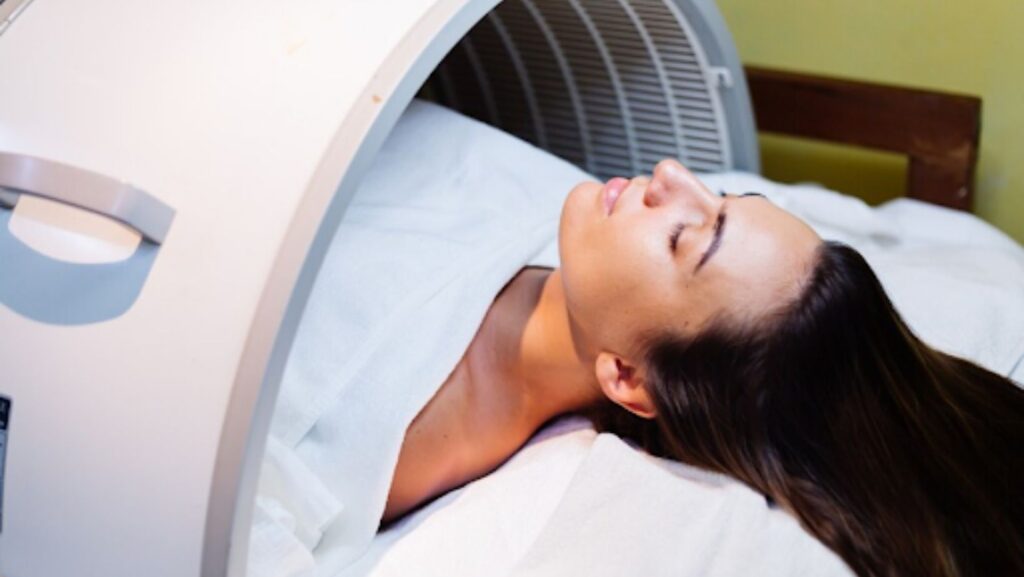Phototherapy, commonly known for its use in treating various skin conditions and enhancing overall well-being, involves the application of specific wavelengths of light to achieve therapeutic benefits. Its science is rooted in photobiology, where the interaction of light with biological systems can lead to profound changes in cellular function. As research in this field continues to advance, many are captivated by the potential health benefits it promises, particularly through modalities such as red light therapy.
What is Phototherapy?
Phototherapy is a treatment method that utilizes light energy to alleviate various medical conditions. The concept dates back to ancient civilizations, where sunlight was considered a source of healing. Today, phototherapy includes a range of practices employing different types of light, including ultraviolet (UV), blue, and red light. These lights can penetrate the skin and influence cellular processes.
 Phototherapy is particularly effective in marketing conditions such as psoriasis, eczema, and acne, but its applications extend far beyond dermatology. Its ability to stimulate collagen production, reduce inflammation, and enhance wound healing makes it a versatile treatment option. As technology advances, treatments have become more accessible, allowing individuals to apply red light therapy at home or explore at-home therapy alternatives. Having access to and incorporating portable phototherapy devices enhances their overall skincare routine.
Phototherapy is particularly effective in marketing conditions such as psoriasis, eczema, and acne, but its applications extend far beyond dermatology. Its ability to stimulate collagen production, reduce inflammation, and enhance wound healing makes it a versatile treatment option. As technology advances, treatments have become more accessible, allowing individuals to apply red light therapy at home or explore at-home therapy alternatives. Having access to and incorporating portable phototherapy devices enhances their overall skincare routine.
How Does Phototherapy Work?
The scientific principles behind phototherapy can be explained through the interaction of light with chromophores—molecules that absorb light and undergo biochemical changes. When light of a specific wavelength (often in the visible range) interacts with these molecules, it stimulates various biological responses. For instance, red light, which typically ranges from 600 to 700 nanometers, penetrates the skin deeply, enhancing mitochondrial function.
Mitochondria, known as the powerhouse of the cell, play a critical role in energy production. When stimulated by red light, these organelles produce adenosine triphosphate (ATP) more efficiently. Increased ATP levels can promote healing and regeneration in tissues by accelerating the repair of damaged cells. Furthermore, red light therapy can enhance circulation and decrease oxidative stress, contributing to improved overall health.
Clinical Applications of Phototherapy
Numerous clinical studies have highlighted the efficacy of phototherapy across a variety of conditions. One of the significant areas is dermatology, where light treatments are employed to manage skin diseases effectively. A study published in the Journal of Investigative Dermatology found that narrowband UVB therapies were successful in treating psoriasis, leading to significant clearing of lesions in a majority of participants.
In addition to skin disorders, phototherapy is gaining traction in pain management and rehabilitation. Research has shown that light therapy can be effective in reducing pain and inflammation associated with conditions like arthritis and tendinitis. A clinical trial published in the journal Pain found that participants reported substantial improvements in pain levels after undergoing light therapy treatments.
Red Light Therapy: A Special Focus
Among the various types of phototherapy, red light therapy (RLT) stands out due to its accessibility and versatility. RLT employs wavelengths between 600 and 650 nanometers to penetrate tissues and stimulate cellular functions. Users can now enjoy the benefits from the comfort of their homes. Portable devices have emerged on the market, enabling individuals to utilize the effects of red light therapy in the comfort of their homes.
 Users of RLT report improvements in skin appearance, reduction in fine lines and wrinkles, and enhanced wound healing capabilities. A study from the University of Milan found that individuals who used red light therapy experienced a marked increase in collagen synthesis, which is vital for maintaining skin elasticity and youthfulness.
Users of RLT report improvements in skin appearance, reduction in fine lines and wrinkles, and enhanced wound healing capabilities. A study from the University of Milan found that individuals who used red light therapy experienced a marked increase in collagen synthesis, which is vital for maintaining skin elasticity and youthfulness.
Safety and Side Effects
While phototherapy is generally considered safe, some precautions should be considered. Prolonged exposure to UV light can lead to skin damage or increase the risk of skin cancer. Therefore, individuals engaging in UV-based phototherapy should do so under medical supervision. Red light therapy, however, has fewer risks associated with its use, as it does not involve UV wavelengths that can harm the skin.
Despite its safety profile, individuals should consult healthcare providers before starting any new treatment regimen, especially those with underlying health conditions or concerns about skin sensitivities. Following recommended guidelines and durations can help minimize any potential side effects.
Understanding the science behind phototherapy opens doors to numerous therapeutic possibilities. With applications in dermatology, pain management, and general well-being, light-based treatments may revolutionize health strategies. The emergence of at-home therapies underscores the growing recognition of these effective treatments. As research progresses, the adoption of phototherapy could become widespread, providing individuals with innovative, non-invasive options for enhancing their health.



